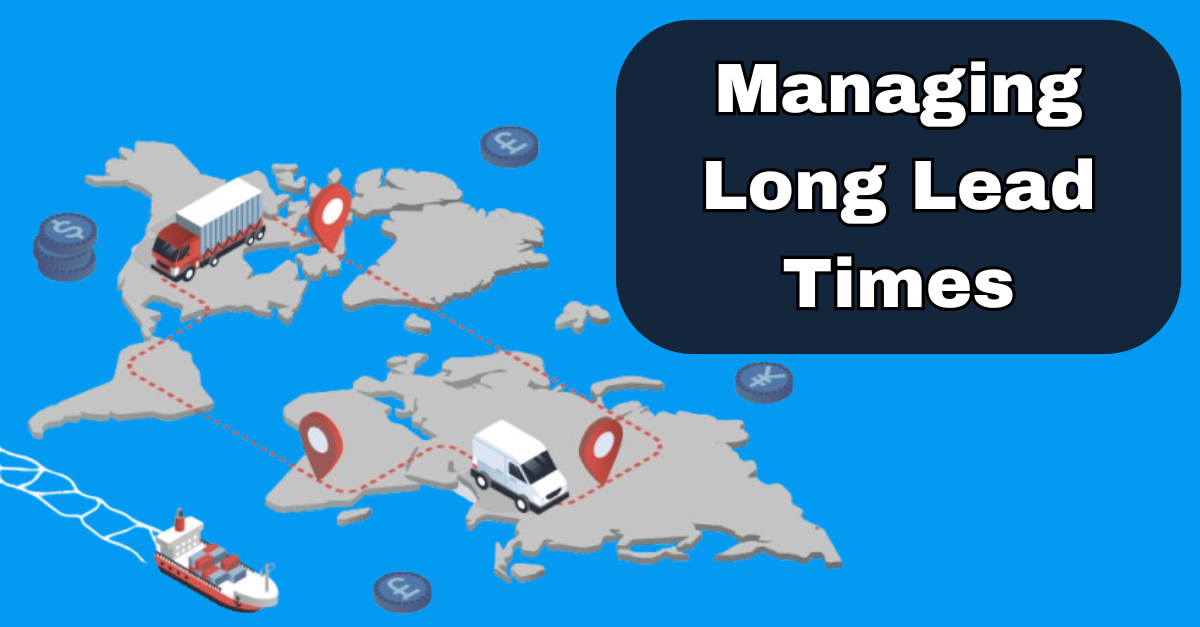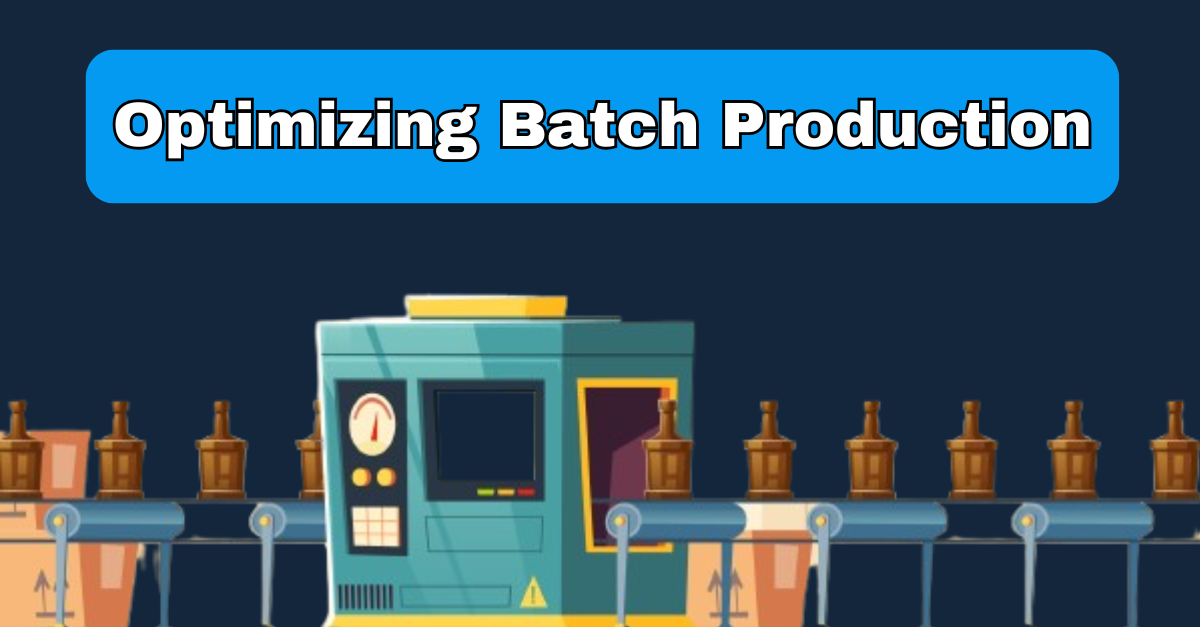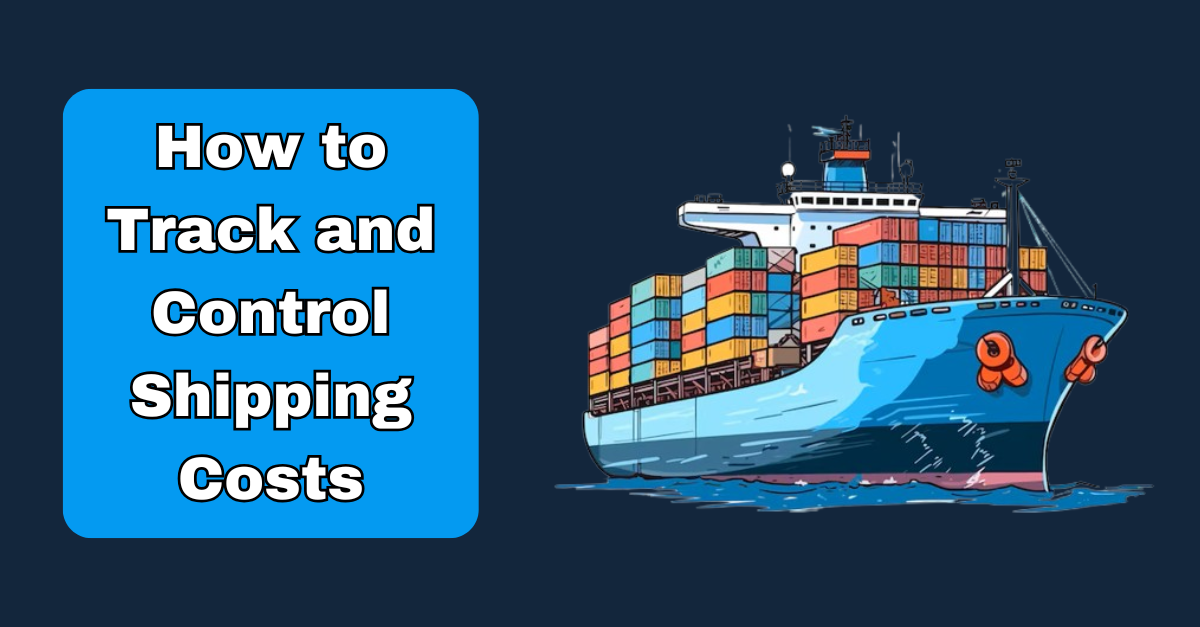Inventory management is undergoing an evolution fueled by technological advancements. Drones are now making significant inroads into transforming the way warehouses operate. Let’s learn about how drones can elevate efficiency, accuracy, and overall warehouse productivity.
How does it work?
When it comes to controlling warehouse drones there are two methods. The first, and more prevalent, involves remote control operation. The second method has GPS capabilities and programmable automated flight paths. By relying on its onboard sensors and indoor geolocation system, the drone maneuvers through the facility, adhering to a predetermined flight plan and route.
During flight, the drone's cameras play a crucial role in capturing essential information from the tags attached to each inventory unit, enabling it to regulate the inventory. These tags can take the form of barcodes or RFID tags. The RFID system offers heightened functionality. It enables warehouse drones to identify products not only from both sides of an aisle but also from distances exceeding seven meters. Furthermore, this system accommodates channels of up to seven pallets deep, all without necessitating direct tag contact. It's essential to recognize that these capabilities vary depending on factors such as drone type, facility layout, unit load characteristics, and tag positioning.
Integrating drones with WMS
Once drones track and read product labels data is transferred to the WMS (warehouse management system). This integration mirrors procedures for radiofrequency communication, RFID systems, and automation elements that are already commonly used within warehouse facilities. This information allows warehouse staff to promptly identify stock disparities upon label detection. Drone acquired data allows for a fast and accurate perspective of real-time stock levels and precise product traceability.
Benefits
Drones introduce a transformative edge to conventional inventory methods. They enable more frequent inventory tracking compared to labor-intensive manual counts, eliminating the need for facility shutdowns lasting days. Drones capture comprehensive images of inventory, ensuring the accuracy and management of records while swiftly pinpointing misplaced items. Beyond scheduled audits, drones excel at searching for individual items like perishable goods or high-value merchandise.
By automating repetitive tasks like cycle counting and inventory audits, drones liberate warehouse operators to focus on higher-value responsibilities. Notably, their efficiency is remarkable completing tasks up to 15 times faster than traditional methods, all without human intervention. This efficiency slashes the time previously lost to inaccuracies, instilling confidence in data-driven critical decisions. Drones serve as a solution to address the prevailing labor shortage in the industry, allowing seamless operations without the hindrance of staffing challenges.
Another benefit to drones is inventory inspectors don’t need to climb ladders or navigate confined spaces to assess product conditions. With drones in action, inspectors can bypass these challenges entirely. Instead of physical presence, they review meticulously captured drone data. This approach not only enhances efficiency but also minimizes potential risks associated with manual inspections.
The deployment of drones brings forth a boost in worker safety and operational accessibility within the warehouse. Drones effortlessly scan inventory situated in unconventional and less accessible warehouse corners. These obscure locations, often beyond human line of sight, cease to pose challenges as drones navigate with precision. By reducing the need for human movement in working aisles, drones facilitate smoother traffic flow, enhancing the overall safety of both workers and handling equipment.
Drawbacks
The initial investment for advanced warehouse drones can be substantial. As technology evolves, supply is expected to increase, potentially leading to cost reductions over time.
Precise labeling is essential. Goods must carry labels visible to drones, often requiring placement on the external side of pallets. Adequate label sizing ensures accurate drone readings.
Optimal drone utilization may necessitate inventory tasks during periods of minimal warehouse activity. Conducting inventory at quieter times helps maintain productivity and minimizes the risk of accidents involving drones.
In conclusion incorporating drones into inventory management revolutionizes warehouse operations, driving efficiency, accuracy, and safety to unprecedented levels. By autonomously navigating and swiftly gathering crucial data, drones reshape conventional methods, making warehouses more agile, productive, and responsive.
Sources:










